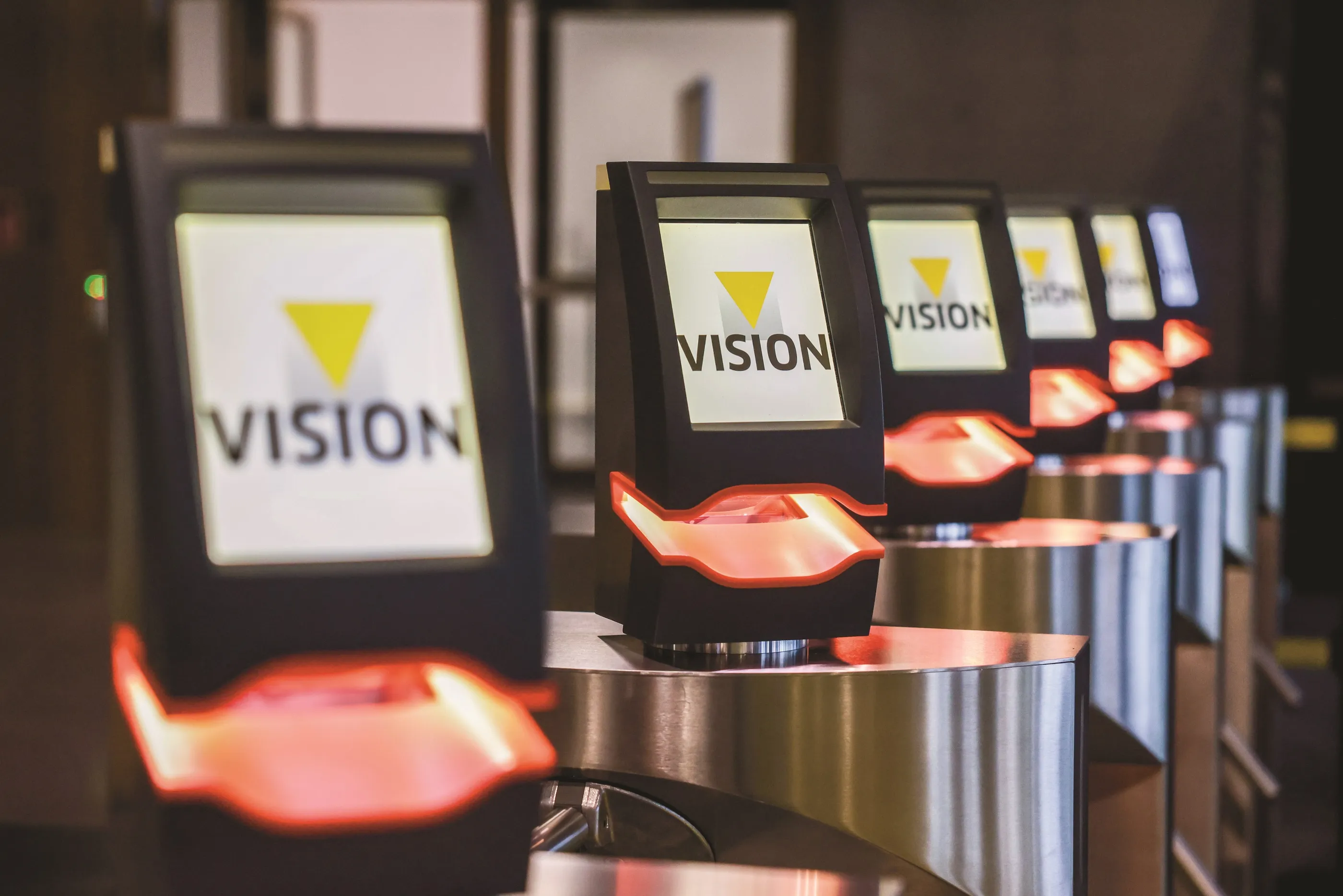Switzerland-based reinsurance provider Swiss Re says its upgraded telematics platform can process vehicle data from any telematics platform and deliver a reliable crash alert to insurance clients. The solution has been embedded with telematics aggregation and crash detection software from UK firm Collision Management Systems.
According to Swiss Re, the reliability of the crash alert removes the need for insurance clients to have to deal with large volumes of false alerts generated by telematics devices.
May 31, 2018
Read time: 1 min
Switzerland-based reinsurance provider Swiss Re says its upgraded telematics platform can process vehicle data from any telematics platform and deliver a reliable crash alert to insurance clients. The solution has been embedded with telematics aggregation and crash detection software from UK firm Collision Management Systems.
According to Swiss Re, the reliability of the crash alert removes the need for insurance clients to have to deal with large volumes of false alerts generated by telematics devices.
Sebastian Bongers, Swiss Re's head of products & technology, says the solution recognises risky driving manoeuvres to properly identify an accident.
Bongers claims insurers have experienced many false positives – incidents where telematics devices detect accidents that not happen.










